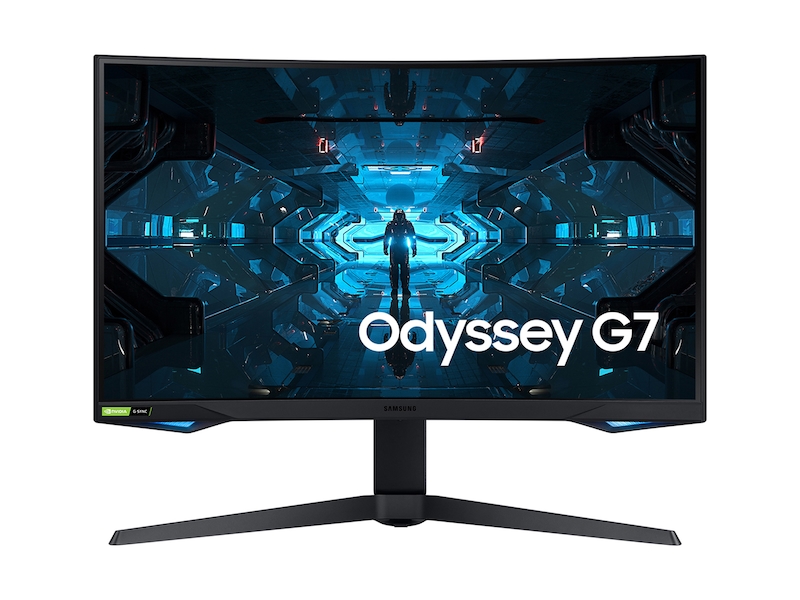When it comes to display resolutions, the terms WQHD and QHD are often used interchangeably, leading to confusion. However, there are slight differences between the two that can impact your viewing experience. In this article, we’ll delve into the nuances of WQHD and QHD and determine which is the better option for your specific needs.
Understanding the Basics: What Is QHD?
QHD, or Quad High Definition, refers to a display resolution of 2560 x 1440 pixels. This resolution provides four times the number of pixels as a standard 720p HD display, resulting in sharper images and more detailed visuals. QHD is commonly found in monitors, smartphones, and some laptops, offering a clear improvement in visual clarity over lower resolutions.
Decoding WQHD: How Does It Differ?
WQHD, which stands for Wide Quad High Definition, shares the same pixel count as QHD (2560 x 1440 pixels). The key distinction lies in the aspect ratio. WQHD has a wider aspect ratio, typically 16:9 or 16:10, compared to the 4:3 aspect ratio of traditional QHD displays. This wider aspect ratio allows for a more expansive viewing area and is often favored by users who value a wider screen for productivity and immersive multimedia experiences.
Which Is Better: WQHD or QHD?
Choosing between WQHD and QHD ultimately depends on your specific usage and preferences. If you prioritize a wider screen for multitasking, gaming, or watching movies, WQHD with its wider aspect ratio might be the better choice for you. On the other hand, if your primary focus is on achieving high pixel density and sharp image quality, traditional QHD might suit your needs better.

Considerations for Different Devices
When selecting between WQHD and QHD, it’s important to consider the devices on which these display resolutions are available. For smartphones and compact devices, QHD displays are common due to their ability to maintain high pixel density on smaller screens. WQHD, with its wider aspect ratio, is more prevalent in larger monitors and ultrawide displays, catering to users who demand a more expansive viewing experience.
Frequently Asked Questions For WQHD vs QHD
What Is The Difference Between WQHD And QHD?
WQHD stands for Wide Quad High Definition, offering a higher resolution than QHD.
Is WQHD Better Than QHD?
WQHD has a wider aspect ratio and higher pixel density, making it better for multimedia content.
Can All Devices Support WQHD Resolution?
Not all devices support WQHD resolution, so it’s important to check compatibility before purchasing.
Which Is More Suitable For Gaming, WQHD Or QHD?
Both WQHD and QHD offer excellent gaming experiences, but WQHD provides a sharper image and more immersive gameplay.
Final Verdict: Making the Right Choice
Ultimately, the choice between WQHD and QHD boils down to your personal preferences and specific usage scenarios. Whether you opt for the wider aspect ratio of WQHD or the standard QHD resolution, both provide significant improvements in visual quality over lower-resolution displays. Consider your viewing habits, device compatibility, and the types of content you most frequently engage with to make an informed decision that aligns with your needs.

